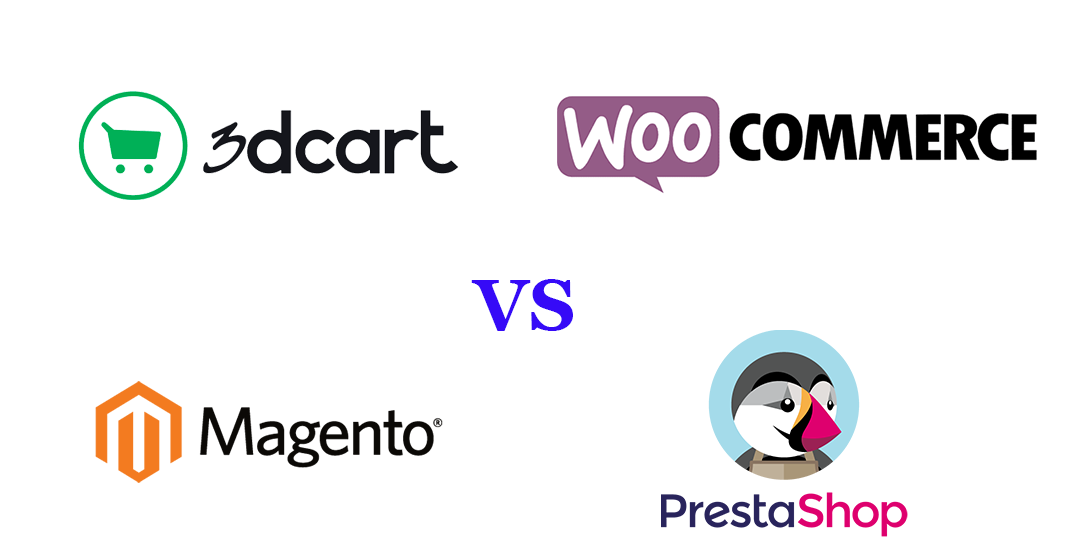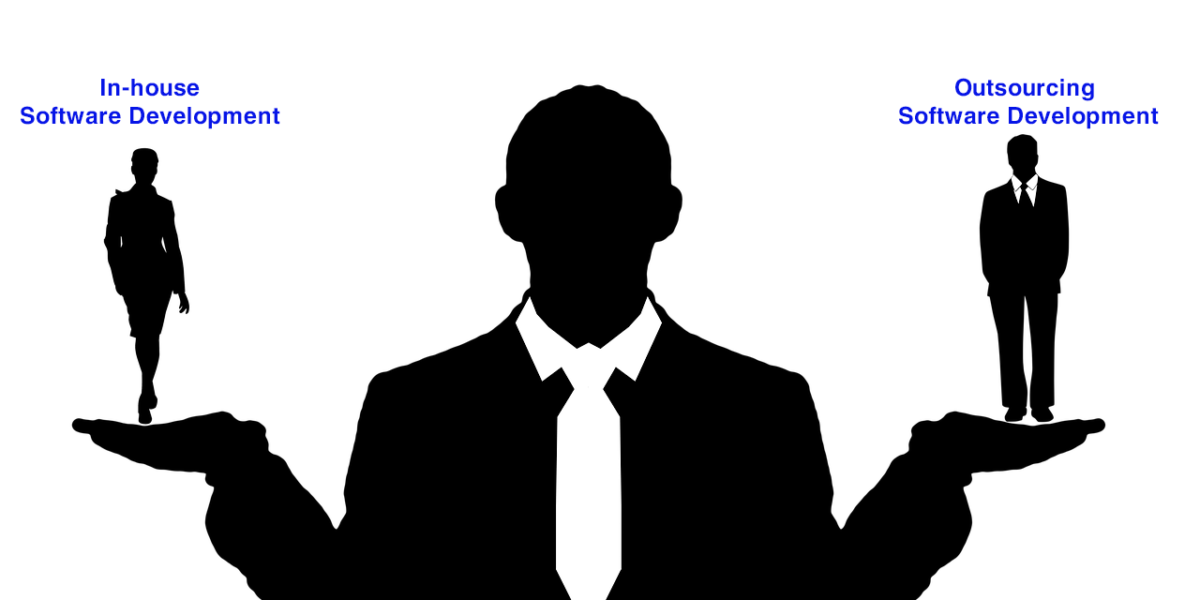
With the increasing growth of technology, many impossible things have now become possible, such as eCommerce, contactless payments, and cryptocurrencies. One of these marvelous technologies is blockchain.
Therefore, there is a growing demand to learn blockchain programming languages. In this article, we will talk about which programming language is best for blockchain, along with the pros and cons of each one.
In this article, we will talk about which programming language is best for blockchain, along with the pros and cons of each one.
TOP POPULAR PROGRAMMING LANGUAGES FOR BLOCKCHAIN
To work with blockchain technology, it is important to understand how to code, as these languages are helpful not only in developing applications for blockchain but also in contract-based or blockchain-based languages. In this part, let’s look at the top 5 popular programming languages that a blockchain developer needs to be proficient in.
-
JavaScript
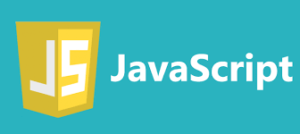
JavaScript is one of the most well-known languages for developers. According to a recent survey, 95% of websites are using JavaScript in some way. It is not only known as the king of web development but also one of the best Blockchain programming languages to keep an eye on.
The reason behind this is JavaScript and its wide range of frameworks and libraries like NodeJS, React, Angular, … provide developers with an easy way to handle asynchronous actions. JavaScript supports Blockchain developers in controlling communication between multiple nodes with ease, which introduces the strength of scalability into the designed solutions.
Pros:
- Very popular as most IT companies need JavaScript with their frameworks
- Enhances scalability
- Object-oriented
- Prototype-based
- Available on multiple JavaScript frameworks
- Easy to integrate
Cons:
- Weakly typed (we can use typescript to solve this problem)
- Dynamic
Difficulty level
JavaScript is not a hard language to learn. To start working with JavaScript, you just need to learn the basics, and then you can go deeper when you need that.
There are many great sources to learn JavaScript and also popular frameworks as well.
Blockchains developed using JavaScript: NEO, NEM, IOTA, Hyperledger, and Ethereum.
-
C#
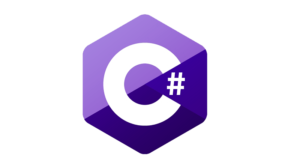
C# was initially created by Microsoft in 2000. The most recent version was introduced to the public in 2019 alongside Visual Studio 2019 ver 16.3. C# is syntactically similar to C++ and Java, and it is well-known as one of the best programming languages for blockchain. By using C#, open-source developers can create a highly portable code that will run on multiple operating systems such as Android, Mac, Windows, Linux, and across all devices with ease.
Furthermore, C# is an OOPs programming language, so Blockchain developers can acquire maximum performance when building their next blockchain.
Pros:
- Easy to learn
- Strongly typed
- Very popular
- Support for .NET
- Dynamic code support
- Object-oriented
Cons:
- Windows-oriented way
- There is not so much support for Linux
Difficulty level:
Many developers said that C# is more difficult to learn than JavaScript because of the types and syntax. However, C# is not as hard and complicated as Go.
In addition, there are plenty of materials for developers to learn C# on the internet.
Blockchains developed using C#: NEO, IOTA, Stratis.
-
C++
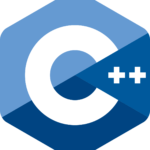 Another popular blockchain programming language is C++. There are more blockchain projects built in C++ than in any other language. Developers choose C++ for their blockchains because of its numerous capabilities like primitive control over memory, move semantics, advanced multi-threading, and other object-oriented features such as runtime polymorphism, overloading, and more. Besides, Blockchain developers can easily mold data and functions together in a single module by using different OOPS features of C++.
Another popular blockchain programming language is C++. There are more blockchain projects built in C++ than in any other language. Developers choose C++ for their blockchains because of its numerous capabilities like primitive control over memory, move semantics, advanced multi-threading, and other object-oriented features such as runtime polymorphism, overloading, and more. Besides, Blockchain developers can easily mold data and functions together in a single module by using different OOPS features of C++.
Pros:
- Option to move semantics for copying data effectively
- Object-oriented
- Code isolation for different data structures, and more
- Efficient memory control and CPU management
- Compile-time polymorphism for enhanced performance
- Ease of running parallel/non-parallel threads
- Similar to the C programming language
Cons:
- Does not support garbage collection
- Code redundancy
- It is complicated and sometimes hard to debug
Difficulty level:
When talking about its ease of use, C++ can be compared to C. Also, C++ takes developers more effort to learn than that Java and C programming languages.
There are plenty of resources for developers to learn C++ for blockchain, even if they are just beginners.
Blockchains developed in C++: Bitcoin, QTUM, Stellar, EOS, Monero, Litecoin, Ripple.
-
Java
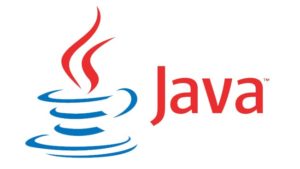
Java has always ranked among the top programming languages. In the blockchain world, Java is useful for developing highly interactive web pages. It can be used to build simple and immutable blockchains. The main appeal of Java for blockchain developers is its portability. Through Java Virtual Machine, Java has the ability to handle large numbers of users on a blockchain network at the same time, and it isn’t limited by device architecture.
Pros:
- Easy maintenance
- Robust support for OOPS
- Easy memory cleaning
- Independent of the OS and can run on literally any format of computers
- A collection of libraries
- Big community
Cons:
- Lower performance compared to Golang or C++
- Needs a JVM (Java Virtual Machine) to be installed.
Difficulty level:
The difficulty level to learn Java is medium. Blockchain Java was created based on C-derived syntax, which offers a huge set of low-level and high-level functionality to access the most highly developed blockchain parts. It is a very strong and accessible programming language to a lot of developers, and almost any modern developer can begin creating blockchain apps with Java.
Blockchains developed in Java: NEO, NEM, IOTA, and Hyperledger Fabric.
-
Solidity
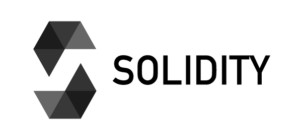 The next blockchain coding language on our list is Solidity. This is a new and simple programming language built based on C++, JavaScript, and Powershell. Solidity is also renowned as one of the fastest-growing blockchain programming languages in the world today that was developed for writing smart contracts that run on the EVM (Ethereum Virtual Machine). As it was built keeping Blockchain in mind, it is suitable for resolving many of the issues faced by Blockchain developers. Developers also prize it as a great language to learn if you want to become a professional in Blockchain development.
The next blockchain coding language on our list is Solidity. This is a new and simple programming language built based on C++, JavaScript, and Powershell. Solidity is also renowned as one of the fastest-growing blockchain programming languages in the world today that was developed for writing smart contracts that run on the EVM (Ethereum Virtual Machine). As it was built keeping Blockchain in mind, it is suitable for resolving many of the issues faced by Blockchain developers. Developers also prize it as a great language to learn if you want to become a professional in Blockchain development.
Pros:
- It’s specifically built for blockchain
- Statically typed programming
- Accessibility to Javascript debuggers, infrastructures, and other tools
- Friendly to developers
- Precise accuracy
- Possibility of inheritance properties in smart contracts
Cons:
- It has more drawbacks than other languages like C++, Python, and JavaScript
- Arrays and Strings structure and usage are very complicated due to the unavailability of Standard Library
- Once a contract is made, it cannot be upgraded.
Difficulty level:
Many developers said that Solidity is quite an easy programming language to learn. When compared to JavaScript, it is much easier to understand. There are also plenty of courses and materials for developers to learn Solidity in a few days with ease.
Blockchains developed in Solidity: Tendermint, Counterparty, Ethereum, Ethereum Classic.
CONCLUSION
It is easy to predict that blockchain technology will continue revolutionizing the way assets and data are transferred in modern businesses. It will bring a huge impact on big corporations like big pharma corporations or the banking industry shortly. In the next few years, more and more companies will apply this exceptional technology to their businesses. So we find now is the best time for your business to start with blockchain.
Thanks for staying with us throughout this long article. We hope you acquired essential insights into your journey to this outstanding technology.
Suggested Posts
How useful was this post?
Share it with your friends
Get our latest articles here!
Do you have any questions?
Help us improve the content of this Insightful blog by asking us questions. Manifera's team of experts will help you answer these questions as soon as possible.




